More than 25 percent of producing nations could lose 40 to 90 percent of their current production potential by mid-century
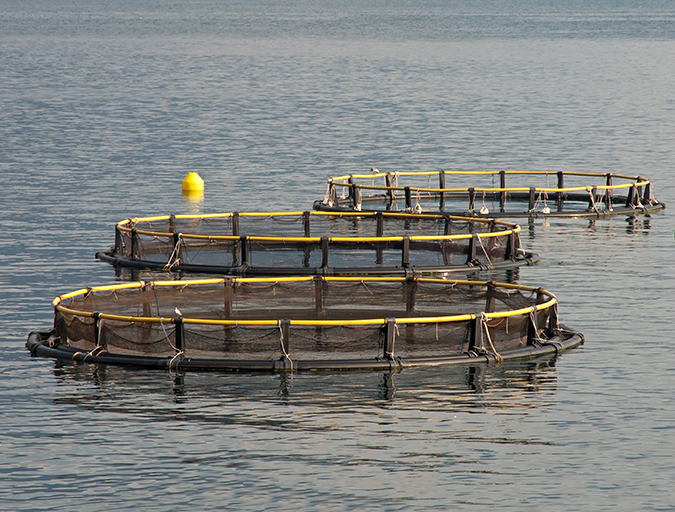
According to a new University of British Columbia (UBC) study, the global supply of farmed seafood is projected to decline 16 percent by 2090 if no action is taken to mitigate climate change.
Published in Global Change Biology, the researchers applied a global mariculture production model that considers many factors, such as changing ocean conditions, suitable marine area for farming, fishmeal and fish oil production, farmed species dietary demand, farmed fish price and global seafood demand to project mariculture production under two climate and socioeconomic scenarios. It examined approximately 70 percent of the world’s mariculture production as of 2015, focusing on Exclusive Economic Zones, where most global seafood farming occurs.
Ocean-farmed seafood is often championed as a silver bullet solution to remedy depleted stocks of wild fish and the growing demand for protein. But this new modeling study warns that mariculture is just as vulnerable to the effects of climate change as any other industry.
“If we continue to burn fossil fuels at our current rate, the amount of seafood, such as fish or mussels, able to be farmed sustainably will increase by only eight percent by 2050, and decline by 16 percent by 2090,” said lead author Dr. Muhammed Oyinlola, a postdoctoral research fellow at the Institute for the Oceans and Fisheries (IOF).
According to Dr. Oyinlola, the effects of climate change will affect mariculture production differently, largely depending on the location of the farms and what they produce. In a high-emissions scenario, the hardest-hit regions – Norway, Myanmar, Bangladesh, the Netherlands, and China – could see their mariculture production decline by as much as 40 to 90 percent.
“Some regions produce more bivalves, such as mussels, oysters and clams, and in these regions, the impact is smaller,” said Dr. Oyinlola. “In regions that produce more finfish, such as salmon, the impact will be high due to reduction in the supply of fishmeal and fish oil.”
Under current carbon emission rates, finfish farming (such as salmon) is projected to decrease globally by 3 percent by 2050 and 14 percent by 2090. Under both climate scenarios, projections show bivalve farming as increasing by 2050 and decreasing by 2090. According to Dr. Oyinlola, countries where mariculture is prominent, especially for finfish production (such as Norway, Iceland, Finland, Chile, and Bangladesh), will be the hardest hit. In contrast, regions that produce more bivalves will be more stable or even grow (such as in Canada).
But there is an upside: the modeling study indicates that in a low emissions scenario where climate action is taken, mariculture is projected to grow by about 17 percent by the mid-21st-century and by about 33 percent towards the end of the 21st-century, compared to the 2000s.
The study also found that substituting fishmeal and fish oil for plant-based foods (such as soybeans) could help ease the impact of climate change for fish farms.
“Climate change affects everything, including aspects of seafood farming we’ve not previously considered,” said Dr. William Cheung, senior author and IOF professor and director. “We need to act, and quickly, to mitigate climate change rather than rely on one solution to solve all our seafood production problems.”
Follow the Advocate on Twitter @GSA_Advocate
Now that you've reached the end of the article ...
… please consider supporting GSA’s mission to advance responsible seafood practices through education, advocacy and third-party assurances. The Advocate aims to document the evolution of responsible seafood practices and share the expansive knowledge of our vast network of contributors.
By becoming a Global Seafood Alliance member, you’re ensuring that all of the pre-competitive work we do through member benefits, resources and events can continue. Individual membership costs just $50 a year.
Not a GSA member? Join us.
Author
Tagged With
Related Posts
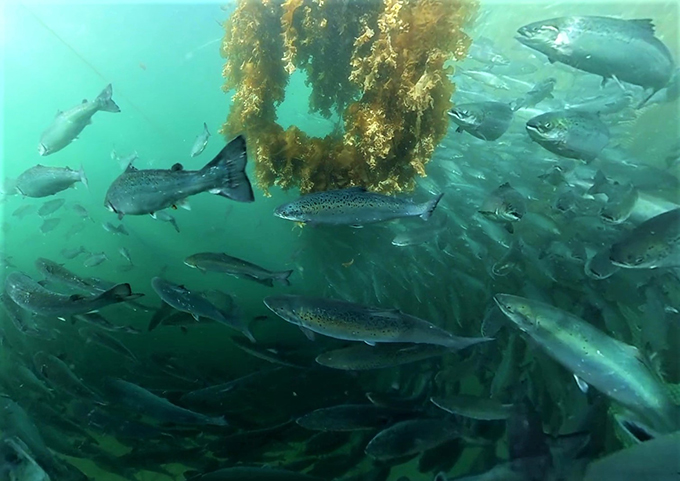
Responsibility
Could cultivating kelp forests in salmon pens help ‘future-proof’ the sector?
KelpRing has received funding to explore the possible benefits of installing kelp forests within salmon pens to benefit cleaner fish.
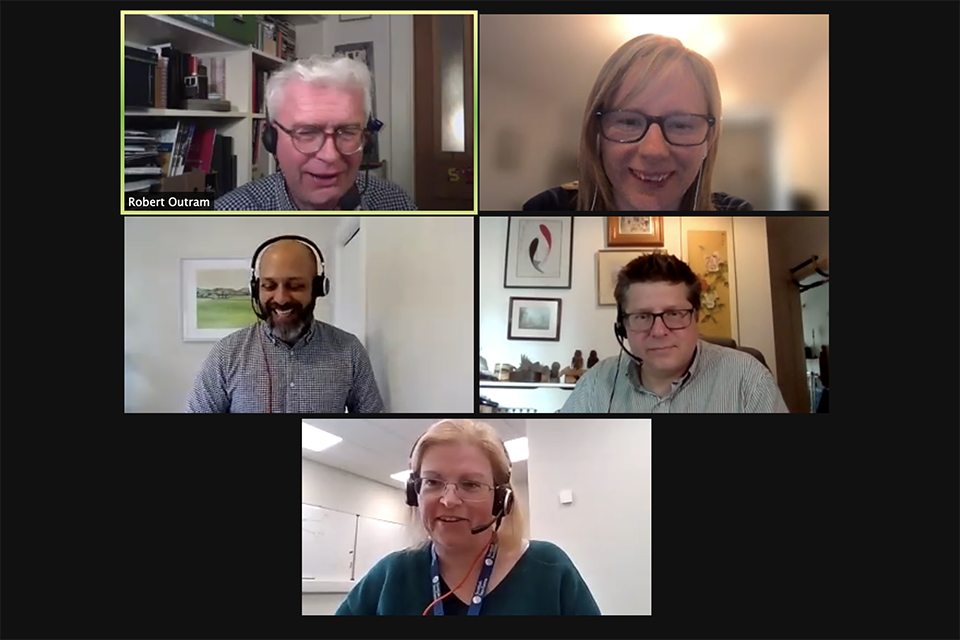
Responsibility
Experts discuss climate change threats to aquaculture
How will climate change impact the aquaculture sector? Expert panelists discuss impacts to insurance and how data is driving decision-making.
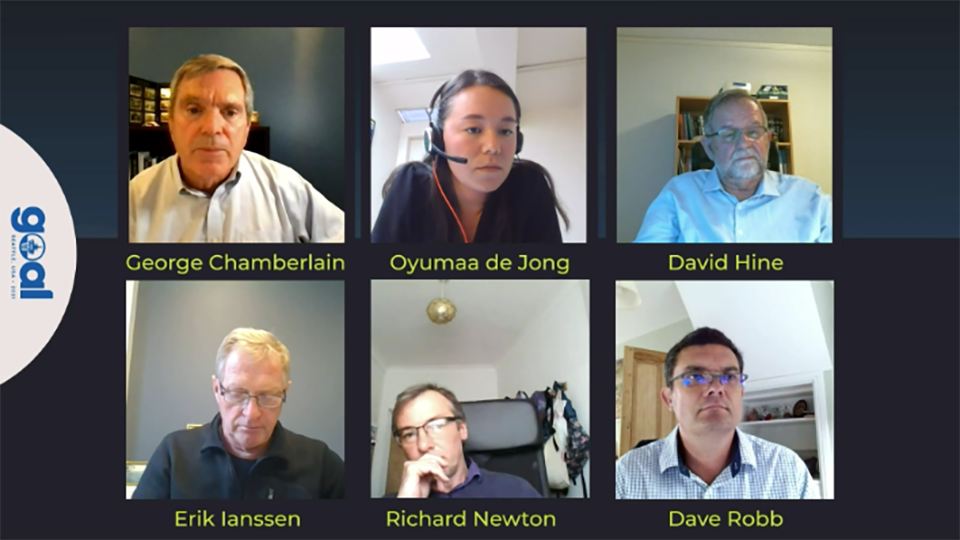
Responsibility
GOAL 2021: Climate change and the ‘dilemma’ of food systems
The latest virtual GOAL conference session dissected the role of seafood production systems and how they perform in a changing climate.
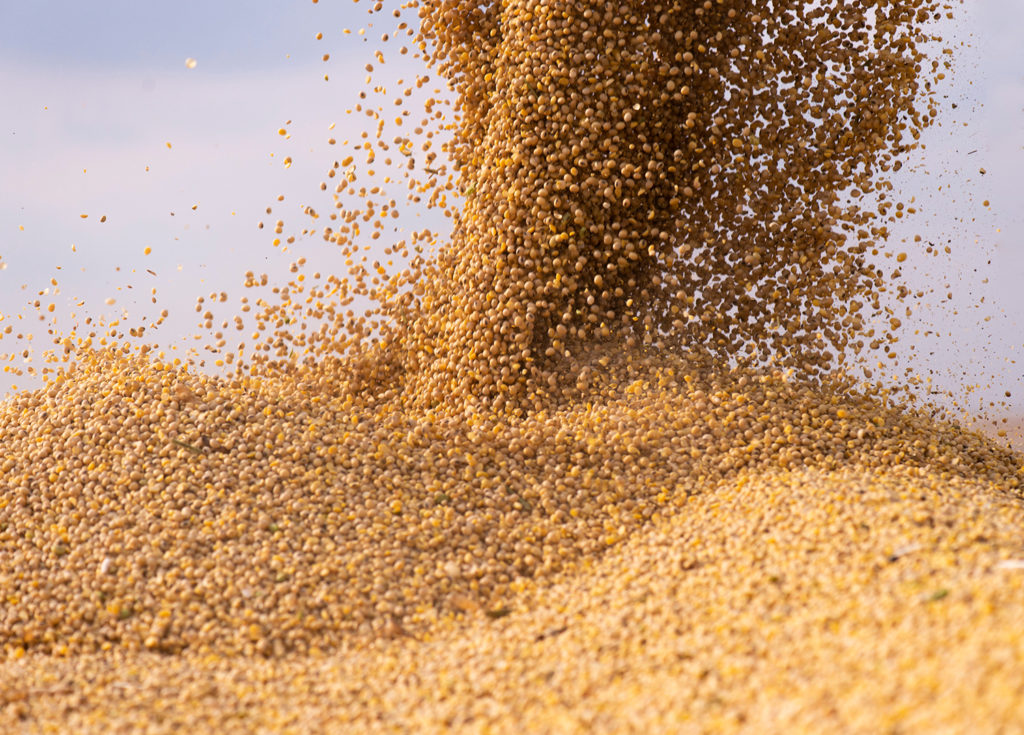
Aquafeeds
Soy helped build aquaculture into a global force. How far can it take it?
Soy has fueled the growth of aquaculture, but environmental and social concerns for some producing areas are prompting some fish farmers to take stock.



